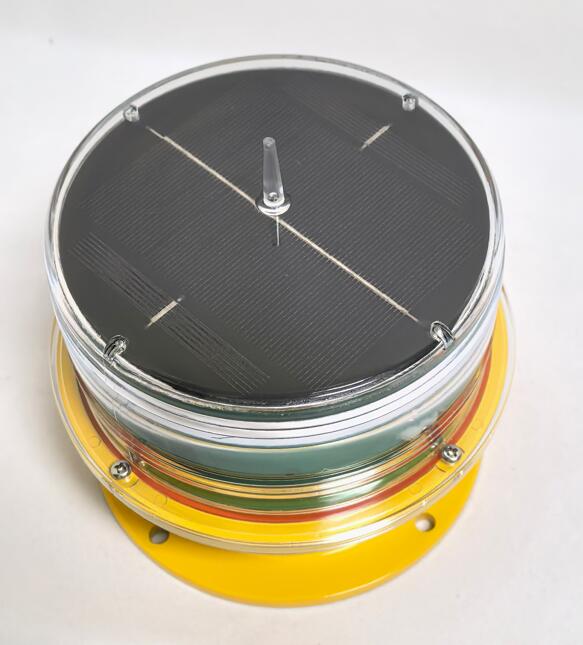Posted: 2024-08-18
Solar aviation lights have become an indispensable component in the realm of aviation safety. These lights, powered by the sun's energy, are transforming the way we ensure the visibility and safety of aircraft operations.
The significance of clear and effective lighting in aviation cannot be underestimated. It is the guiding light that helps pilots navigate accurately, especially during critical moments such as takeoffs and landings. Traditional lighting systems have their limitations, often relying on a constant power supply that can be disrupted or costly to maintain.
Solar aviation lights, however, offer a sustainable and independent solution. The solar panels integrated into these lights capture sunlight and convert it into electrical energy, which is stored for use during the night or in low-light conditions. This eliminates the dependence on a continuous power grid and reduces the risk of power failures.

One of the major benefits of solar aviation lights is their portability and ease of deployment. They can be installed in various locations, including remote airfields, unmanned airstrips, and areas where laying conventional power lines is infeasible. For instance, in desolate regions or on offshore platforms used for aviation purposes, solar aviation lights can be quickly set up to mark the landing areas and provide essential visual cues.
| er | 56g |
| 81--l | rfg |
The durability of these lights is another remarkable aspect. They are engineered to withstand extreme weather conditions, from intense heat and cold to strong winds and heavy precipitation. This ensures that they remain functional and reliable in all kinds of environments, providing consistent illumination for pilots.
Furthermore, solar aviation lights are designed to meet strict aviation standards in terms of brightness and visibility range. The use of advanced LED technology ensures that the light emitted is bright, focused, and visible from a considerable distance. This helps pilots identify important landmarks and obstacles on the ground with ease.
In terms of maintenance, solar aviation lights require minimal effort. The absence of complex wiring and the simplicity of the solar-powered mechanism mean that routine checks and occasional cleaning are often sufficient to keep them operating at peak performance.
However, there are some challenges associated with solar aviation lights. The efficiency of the solar panels can be affected by factors such as cloud cover or the angle of the sun. Also, the storage capacity of the batteries may limit the duration of light output in prolonged periods of darkness.
To overcome these challenges, ongoing research and development are focused on improving the efficiency of solar panels, enhancing battery technology, and optimizing the overall design of the lights.
In conclusion, solar aviation lights represent a significant advancement in aviation safety. Their ability to provide reliable lighting in diverse and challenging locations, along with their environmental friendliness and low maintenance requirements, make them a valuable asset in the aviation industry. As we look to the future, the continued improvement and widespread adoption of solar aviation lights will undoubtedly contribute to safer and more efficient air travel.
With the increasing demand for air transportation and the need for sustainable solutions, solar aviation lights are poised to shine brighter and illuminate the path for the aviation sector's growth and safety.